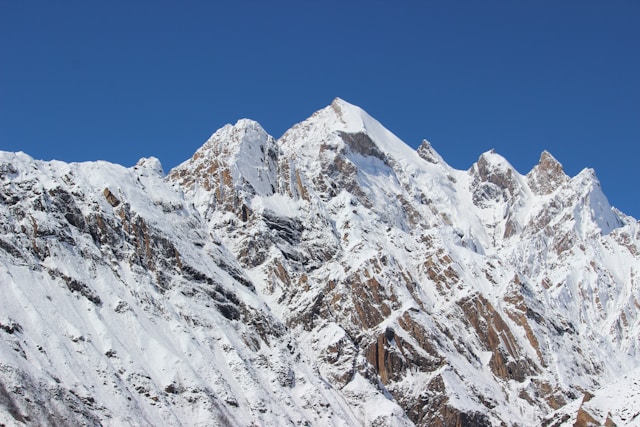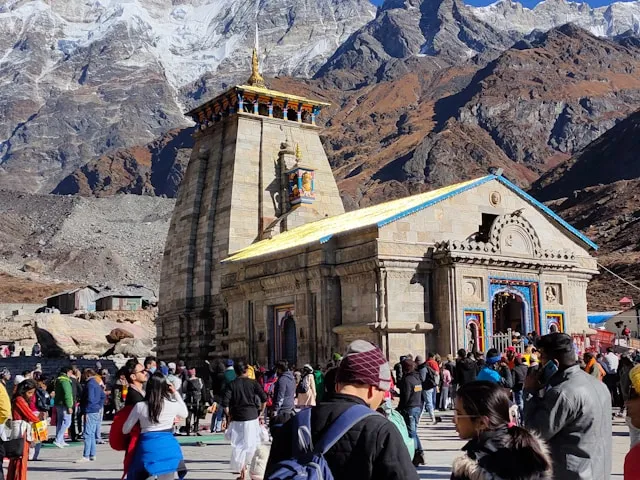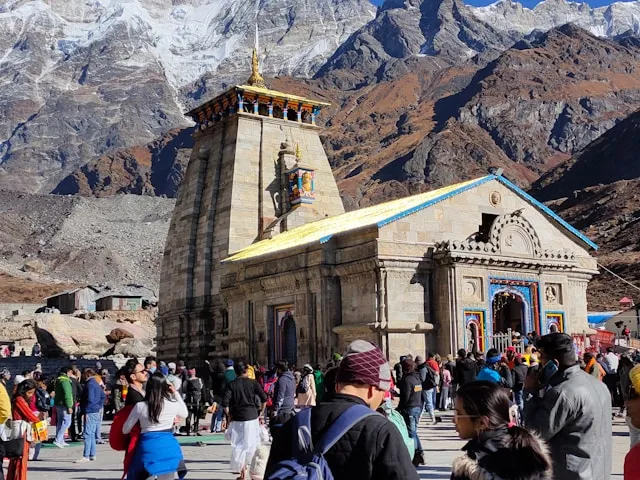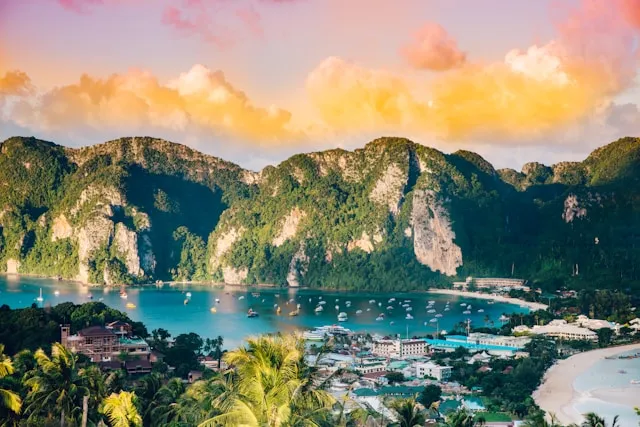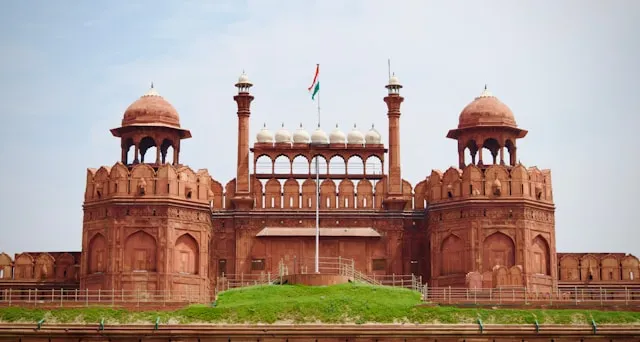North India Travel Guide
North India
About North India Travel Guide
Destination Overview in North India
North India is a culturally rich and diverse region, encompassing states like Delhi, Uttar Pradesh, Rajasthan, Punjab, Haryana, Himachal Pradesh, Uttarakhand, and Jammu & Kashmir. Known for its historical monuments, vibrant festivals, majestic Himalayan landscapes, and spiritual centers, North India offers an unmatched travel experience. From the iconic Taj Mahal to the serene hill stations of Shimla and Mussoorie, this region blends ancient traditions with modern urban life.
Top Attractions & Places to Visit in North India
- Historical & Architectural Sites: Taj Mahal (Agra), Red Fort (Delhi), Amber Fort (Jaipur), Fatehpur Sikri
- Spiritual & Pilgrimage Centers: Varanasi, Haridwar, Rishikesh, Amritsar Golden Temple
- Hill Stations & Nature: Shimla, Manali, Nainital, Dalhousie, Leh-Ladakh
- Cultural Hubs & Cities: Delhi, Jaipur, Lucknow, Chandigarh
- Markets & Bazaars: Chandni Chowk (Delhi), Johari Bazaar (Jaipur), Paharganj (Delhi)
Best Time to Visit North India
Best months: October to March for pleasant weather and major festivals. Summers can be hot, especially in the plains, while the Himalayan regions are ideal in summer for trekking and sightseeing.
How to Reach North India
Air:
Major airports include Indira Gandhi International Airport (Delhi), Jaipur International Airport, and Chandigarh International Airport.
Rail:
An extensive railway network connects major cities and tourist destinations.
Road:
Good highway connectivity and bus services provide easy travel options.
Local Transport:
Metro systems (Delhi, Jaipur), taxis, auto-rickshaws, and app-based cabs facilitate local travel.
Accessibility for Differently-Abled Travelers in North India
Many major tourist sites and metro stations offer ramps and accessible facilities, though some heritage sites may have limited accessibility.
Things to Do & Experiences in North India
Explore UNESCO World Heritage Sites like the Taj Mahal and Qutub Minar
Attend vibrant cultural festivals such as Diwali and Holi
Take Himalayan treks or enjoy scenic hill stations
Experience spiritual activities along the Ganges in Varanasi and Haridwar
Shop for handicrafts, textiles, and jewelry in bustling markets
Accommodation Options in North India
Wide range from luxury heritage hotels, boutique stays, to budget accommodations in cities and hill stations. Popular stays include Delhi, Jaipur, Agra, and Shimla.
Local Cuisine & Dining in North India
Known for hearty and flavorful dishes like Butter Chicken, Rogan Josh, Chole Bhature, and various kebabs. Street food and traditional thalis offer authentic tastes of the region.
Travel Tips & Safety in North India
Carry sunscreen and stay hydrated, especially in summers
Dress modestly and respect local customs near religious sites
Use official transport and ride-hailing services for safety
Keep emergency contacts and travel documents handy
Weather Details & Packing Suggestions in North India
Winters (Nov-Feb): Warm clothes needed, especially in northern plains and hill stations
Summers (Apr-Jun): Light cotton clothes and sun protection
Monsoon (Jul-Sep): Carry umbrellas or raincoats
Currency Exchange & Banking Facilities in North India
ATMs and currency exchange services are easily available in major cities and tourist areas.
Connectivity & SIM Card Info in North India
Major providers like Airtel, Jio, and Vodafone offer good network coverage. SIM cards available at airports and retail stores with ID verification.
Itinerary Suggestions in North India
3-Days: Delhi sightseeing including Red Fort, India Gate, and Qutub Minar.
7-Days: Add Agra’s Taj Mahal, Jaipur’s forts, and Fatehpur Sikri.
10-Days: Include hill stations like Shimla and Manali, plus spiritual visits to Varanasi or Rishikesh.
Nearby Destinations to Explore from North India
Nepal (Kathmandu) – 1-hour flight from Delhi
Bhutan (Paro) – via connecting flights through Delhi or Kolkata
Agra – 3-4 hours by road from Delhi
Jaipur – 5-6 hours by road from Delhi
Shopping & Souvenirs in North India
Traditional handicrafts, carpets, jewelry, spices, and textiles from markets like Chandni Chowk, Johari Bazaar, and Paharganj.
Cultural & Historical Background of North India
North India has been the cradle of ancient civilizations, empires, and spiritual movements. Its rich history is reflected in its monuments, diverse cultures, and religious heritage.
Best Transport Options in North India
Delhi Metro and other city metros, taxis, auto-rickshaws, and intercity trains and buses are common transport modes.
Nearest Railway Station or Airport in North India
Major airports: Delhi IGI Airport, Jaipur International, Chandigarh International
Major railway stations: New Delhi, Old Delhi, Jaipur, Agra
FAQs About North India
Is North India safe for solo travelers?
Yes, with standard safety precautions and trusted transport options.
What is the best time to visit North India?
October to March offers pleasant weather and festival celebrations.
Do I need a visa to visit North India?
Visa requirements depend on nationality; Indian visas apply.
Which languages are spoken in North India?
Hindi, Punjabi, Urdu, and English are widely spoken.
Is the food safe for tourists?
Yes, but exercise caution with street food.
How can I get around?
Metro, taxis, auto-rickshaws, and app-based cabs are common.
Are ATMs widely available?
Yes, especially in urban centers and tourist areas.
What clothing is recommended?
Warm clothes in winter; light clothes and sun protection in summer.
Can I use my international SIM card?
Local SIM cards are recommended for best coverage.
Are there any photography restrictions?
Some monuments and government buildings restrict photography.
Sustainability & Responsible Tourism in North India
Efforts are underway to promote eco-friendly tourism, protect heritage sites, and encourage responsible travel practices. Visitors are urged to minimize waste, respect local culture, and support local artisans.
Need a North India Travel Guide Customized Itinerary?
Let us create your perfect North India Travel Guide journey

Gallery

Weather
Location Map
North India
Latest Blog Posts
Latest News: North India Travel Guide | Top Places, Culture, Temples & Travel Tips
What Our Travelers Say
Real experiences from our valued customers
"The Shirdi Sai Baba pilgrimage was incredible. The whole process was so smooth—felt like I was in the best hands."
David Brown (London, UK)
"Went to Rishikesh for a spiritual getaway. The arrangements were superb, and I felt so connected with the divine."
Rupali Mishra (Nagpur, India)
"Malaysia was full of surprises! We explored everything from the Petronas Towers to tropical rainforests. Every moment was packed with adventure and discovery!"
Rakesh Joshi (Ahmedabad, India)
"The Kailash Yatra is something I’ll never forget. The holy mountain radiated peace, and the journey was spiritually fulfilling. The entire process was seamless and well-handled by the team."
Neelam Agarwal (Mumbai, India)
"Had a profound spiritual experience in Puri Jagannath. The arrangements were perfect, making the pilgrimage peaceful."
Anna Peterson (Stockholm, Sweden)
"Tirupati Balaji was a dream come true. The trip was perfectly coordinated, and I felt taken care of throughout."

